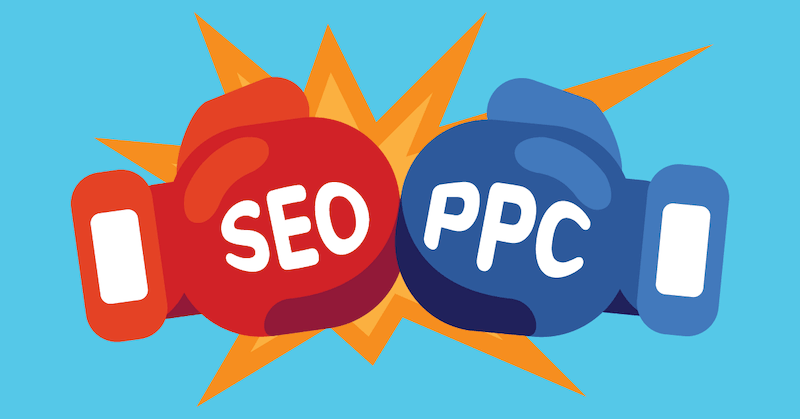Best Social Media Platforms for Digital Marketing in Different Industries
Let’s be honest Con the world of Best Social Media Platforms for Digital Marketing can feel overwhelming, especially when every platform claims to be the next big thing for the business. But here’s the reality what works for a fashion industry might totally flop for a SaaS startup. The idea of Finding the right platform that speaks your target audience’s language. Let’s break it down by industry and see which platforms truly deliver. For brands that increase on visuals and creativity, Instagram remains a valuable platform.. People are not just scrolling but they are shopping, saving, and sharing through instagram. Incorporate TikTok into your strategy, and you create a platform for brief, viral content that energizes your brand. 💡 Think behind-the-scenes, styling tips, and real people wearing your products. When you’re selling software or high tech, you’re not just selling a product you are selling Faith. LinkedIn is perfect for building reliability and connecting with decision-makers. YouTube lets you break down compound features with demos, tutorials, or case studies that build confidence. 💡 Less fluff, more value. That’s what your audience expects here. Travel is all about the experience—and Instagram captures it beautifully. Meanwhile, Facebook helps you connect with travelers through groups, events, and reviews. 💡 Showcase dreamy destinations, happy guests, and real testimonials. Shoppers want inspiration, and they want it fast. Instagram and Facebook let users discover and buy without even leaving the app. Pinterest? It’s where people plan their dream purchases in advance. 💡 Think seasonal lookbooks, gift guides, and aesthetic product flat-lays. If you’re in the business of teaching, LinkedIn is where professionals go to grow. YouTube complements it perfectly by hosting your how-to videos, lectures, and student stories. 💡 Be helpful, not salesy. People trust educators who offer value first. It is common now a days to follow the trends in hunger to get the advantage of it. However, staying aligned with your goals at the same time is also necessary. Adapt when deems necessary for e.g. using influencer marketing or AI tools but don’t lose sight of your core strategy. At the end of the day, there’s no one-size-fits-all answer. The best platform is where your audience already hangs out—and where your message feels the most natural. Test, tweak, and trust your instincts. Social media isn’t just a channel. It’s your chance to build real, lasting connections. In nutshell, a small business Best Social Media Platforms for a small business strategy can be build with a clear vision, focus, consistency, and adapting to what and how a strategy works. By targeting the right keywords, understanding your audience, and creating valuable content, your small business can grow online and beyond.
Best Social Media Platforms for Digital Marketing in Different Industries Read More »






